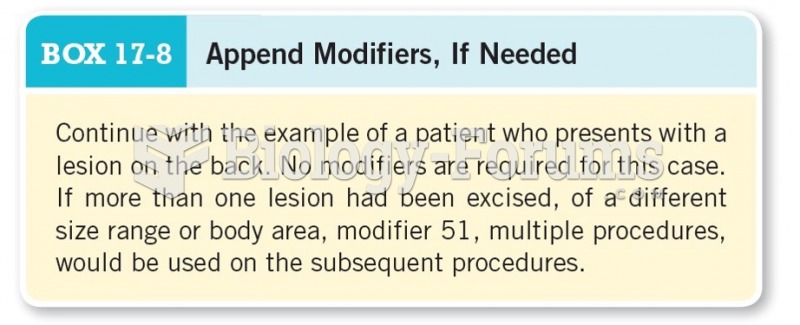Answer to Question 1
Any three of the following:
Diagnostic evaluation and psychiatric medication management. These services are provided by a psychiatrist, nurse practitioner, and/or nurse. If medical conditions unrelated to mental illness are present, the person is typically referred to appropriate medical personnel within the community for treatment.
Case management. This service area provides linkage and brokerage to other services. Its primary function is to obtain access for the consumer to services both within and outside the mental health setting. It is thus the glue that provides coordination of support across the continuum and mitigates fragmentation of the service delivery system.
Day programming. This area varies somewhat from system to system. The goal is to provide an opportunity for consumers to interact with both peers and professional staff. Some programs offer the more traditional partial hospitalization activities described previously. Others take a more rehabilitative approach, actively preparing and encouraging the consumer to move toward employment in the job market or volunteer work in the community and more independent functioning outside the mental health system.
Residential living. This alternative is offered to consumers whose level of functioning has been impaired to the extent that they are not able upon remediation of their psychotic symptoms to maintain themselves initially in an independent setting. They are placed in group home settings (sometimes referred to as halfway houses), where they typically stay for six months to a year and practice such necessary daily living skills as cooking, money management, and personal hygiene. Acquisition of these skills will then allow them to function successfully in more independent settings such as personal care homes, where they receive some assistance with meals and medication monitoring, or in apartments or houses of their own.
Screening and evaluation. Determination as to the need for short-term acute psychiatric care and/or recommendation to the courts for involuntary hospitalization is generally provided through the CMHC professional staff.
After-hours crisis services. Emergency services for psychiatric crises are generally provided on a 24-hour basis through a system of on-call personnel. Where necessary, screening and evaluation for involuntary hospitalization can also be provided in this way.
Answer to Question 2
TRUE







